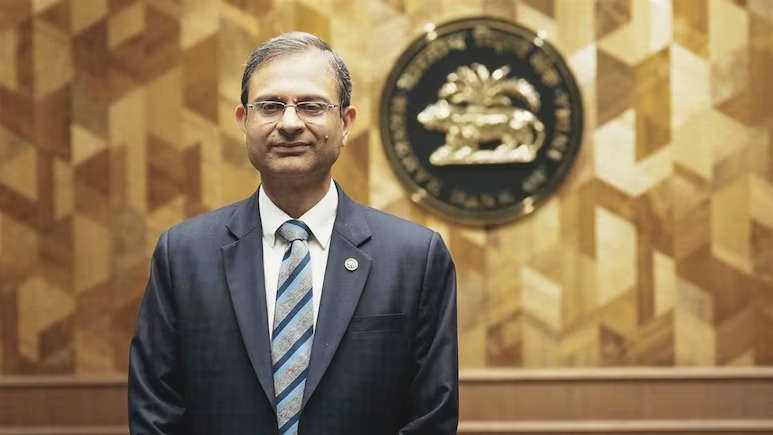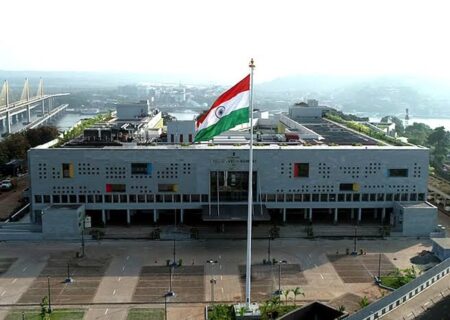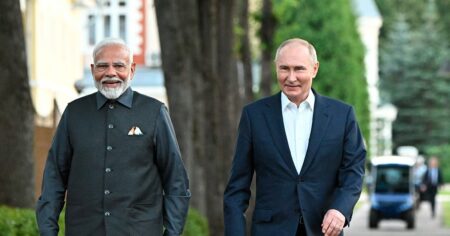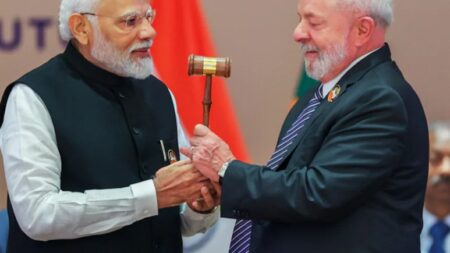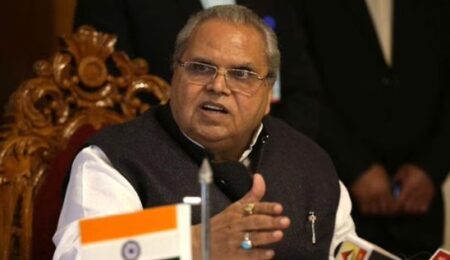Mumbai: In a widely expected move, the Reserve Bank of India (RBI) has kept the key repo rate unchanged at 5.5%, citing persistent global uncertainties and evolving tariff-related risks. The decision was announced following the bi-monthly Monetary Policy Committee (MPC) meeting held earlier today.
The RBI’s decision comes amid renewed concerns over international trade, triggered by U.S. President Donald Trump’s fresh threat to hike tariffs on Indian goods — a move that led to the rupee slipping by 16 paise on Monday. With global economic cues still uncertain, the central bank opted for a “wait-and-watch” approach.
“We have decided to maintain the repo rate at 5.5% while continuing with a neutral policy stance,” said RBI Governor Sanjay Malhotra. “While geopolitical uncertainties have somewhat eased, global trade challenges remain entrenched, and monetary policy transmission is still underway.”
Malhotra acknowledged that although the outlook for India’s economy remains positive in the medium term, the central bank remains vigilant. “The MPC is closely monitoring incoming data, especially in light of volatile food prices and emerging global developments,” he said.
Governor Malhotra emphasized that the RBI remains alert to external pressures, particularly the impact of tariff threats and global trade negotiations. “The headwinds from prolonged geopolitical tensions and potential tariff escalations could weigh on India’s growth momentum,” he warned.
Despite the turbulence, the RBI has retained its GDP growth forecast for the fiscal year at 6.5%, broken down as follows:
• Q1 – 6.5%
• Q2 – 6.7%
• Q3 – 6.6%
• Q4 – 6.3%
“These projections reflect both resilience and caution,” Malhotra stated, underlining the RBI’s proactive steps to support economic growth.
On the inflation front, headline inflation has eased thanks to fluctuating food prices. However, the RBI now expects retail inflation to edge slightly above 4% in the January-March quarter.
Core inflation, which excludes food and fuel, showed a slight uptick in June—driven primarily by rising gold prices. The central bank expects it to hover moderately above 4% for the remainder of the fiscal year.
“The overall inflation outlook has improved compared to our June expectations, but we remain cautious,” Malhotra noted.
Financial experts and market observers have largely welcomed the RBI’s cautious stance, highlighting its importance in the current global economic environment.
“This move signals stability for borrowers, keeping EMIs predictable and interest rates steady,” said Amit Prakash Singh, co-founder of real estate platform Square Yards. “It also allows banks more time to effectively transmit previous rate cuts to end consumers.”
Vimal Nadar, National Director at Colliers India, added that this policy continuity will benefit the real estate sector. “A stable interest rate regime is good news, particularly for affordable and mid-income homebuyers who are sensitive to lending rates,” he said.
While the RBI refrained from altering rates this time, it reiterated its commitment to staying responsive to future developments — both domestic and global.
“Uncertainty over trade policies, volatile global markets, and fluctuating inflation will continue to influence our decisions in the coming months,” concluded Governor Malhotra.
With the next MPC meeting scheduled in two months, all eyes will remain on global trade dynamics and inflationary trends to see whether the central bank continues on this cautious course — or decides to pivot.


